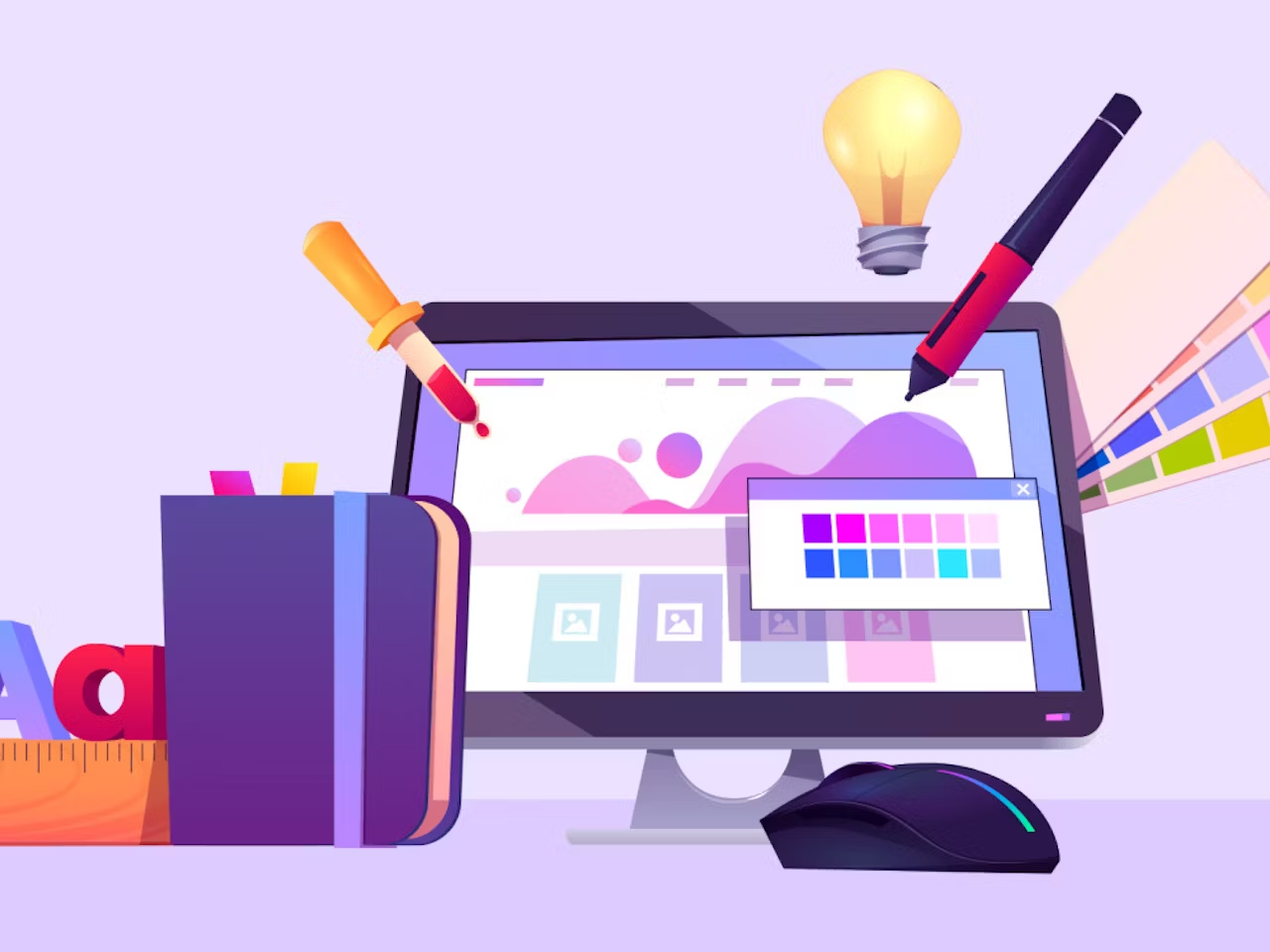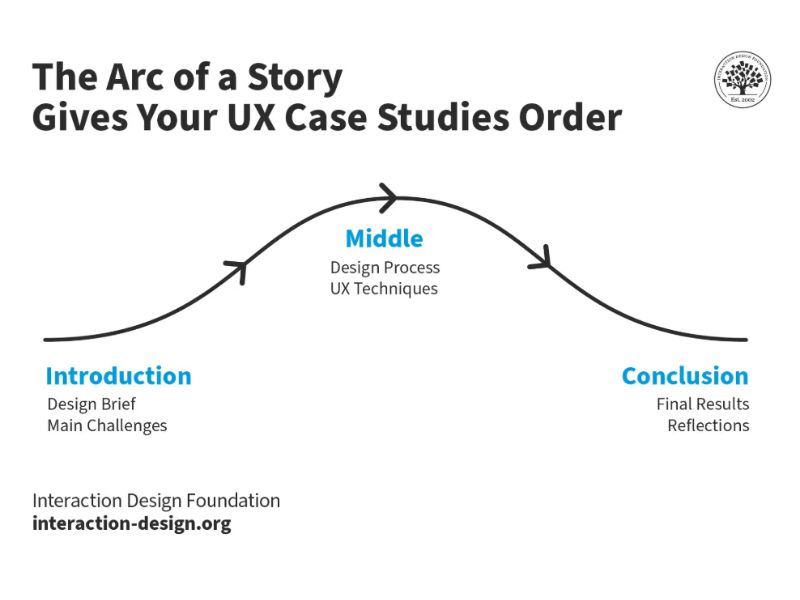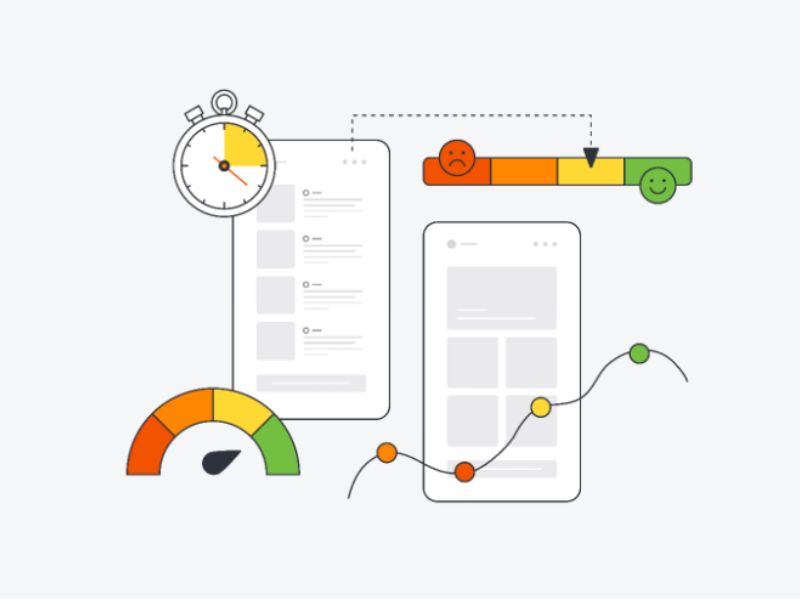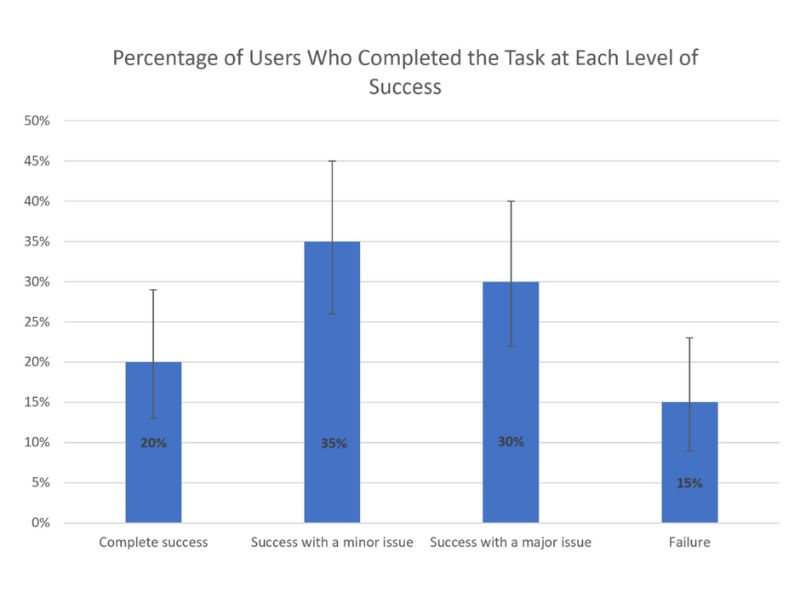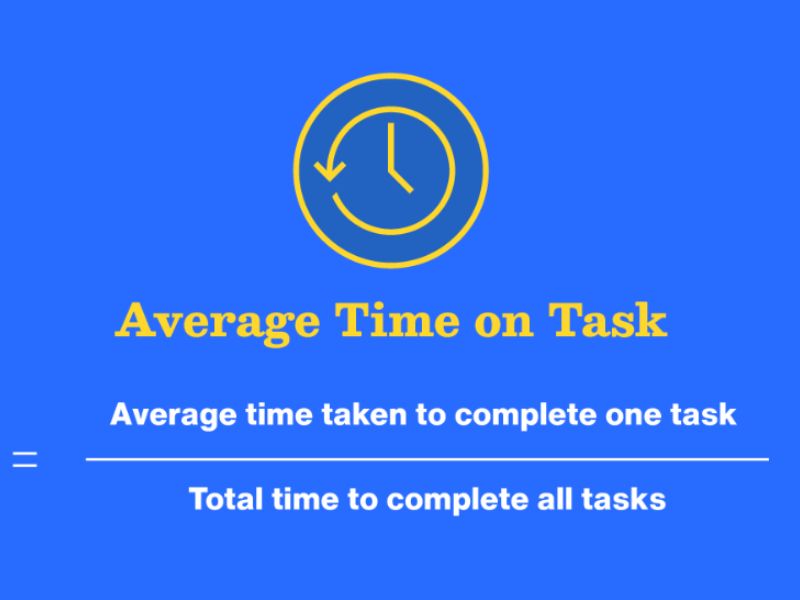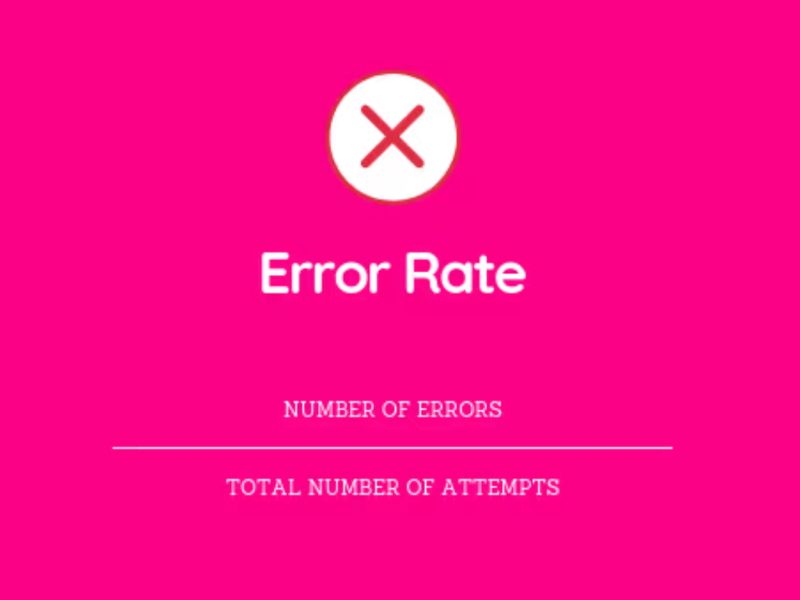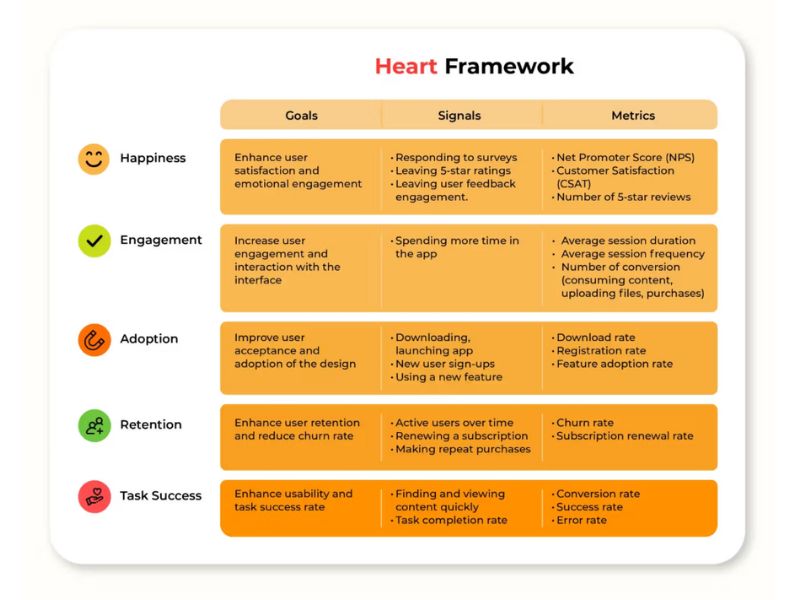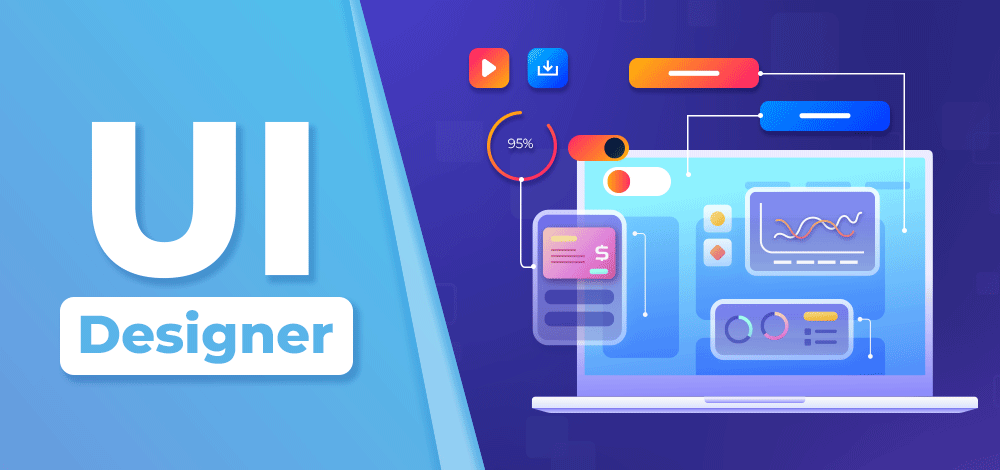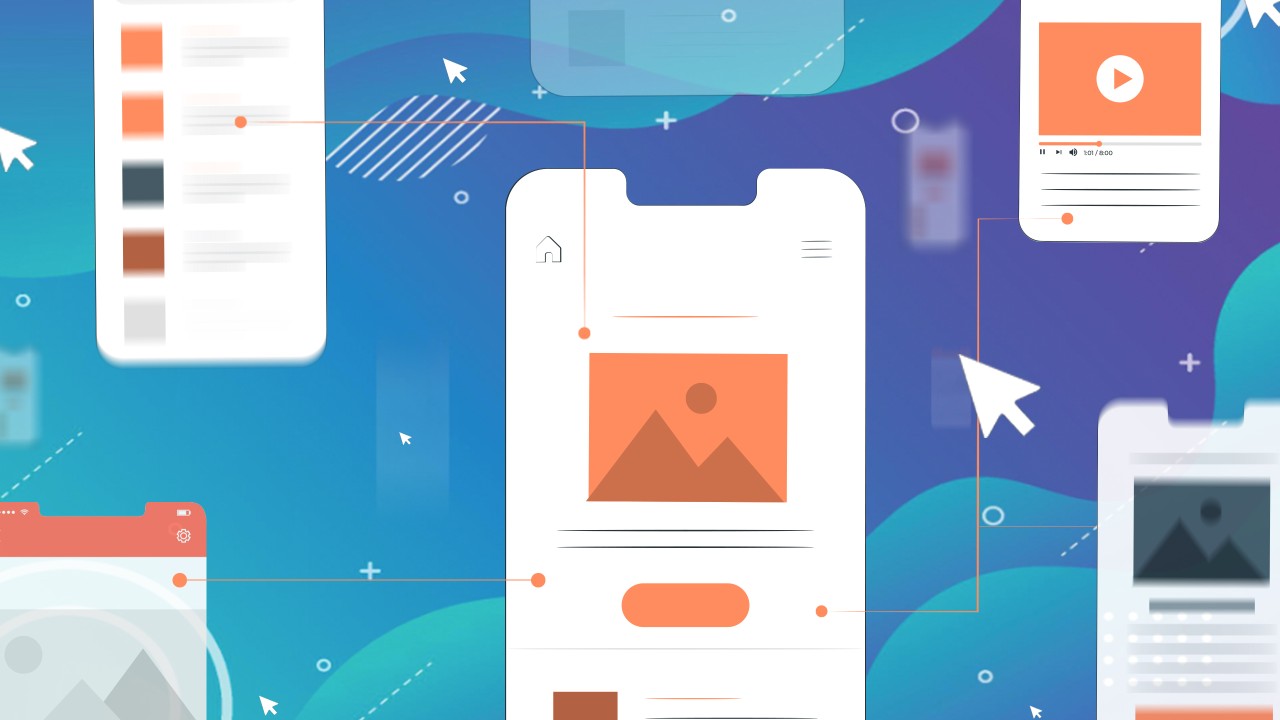Behind every memorable brand is a skilled branding designer. They’re the creative minds who translate vision into visuals, ensuring that what your business stands for is instantly recognizable. But what exactly does a branding designer do—and why are they essential to modern businesses?
What Is a Branding Designer?
A branding designer is a creative professional who specializes in crafting a brand’s visual identity. This includes everything from the logo and color palette to typography, iconography, packaging, and design systems.
Unlike a general graphic designer, a branding designer takes a more strategic approach—aligning visuals with the brand’s purpose, values, and target audience. At Viartisan, our branding designers work hand-in-hand with strategists and developers to deliver cohesive, scalable brand experiences.
Core Responsibilities of a Branding Designer
1. Logo Design and Visual Identity
One of the primary tasks of a branding designer is to create a logo that captures the brand’s essence. But it doesn’t stop there. They build a complete visual identity system, including fonts, colors, layout principles, and image style.
Check out Adobe’s guide to logo design for key principles we follow.
2. Brand Guidelines Development
A branding designer documents how the brand should be used. This brand book (or style guide) ensures consistency across platforms, teams, and campaigns.
3. Creative Strategy and Storytelling
Branding isn’t just design—it’s also about emotional connection. Designers help shape how a brand communicates its story visually. From moodboards to brand narratives, every element serves a strategic goal.
4. Packaging and Print Design
For product-based businesses, branding designers often work on labels, boxes, and merchandise—ensuring the brand experience is consistent on every shelf and unboxing video.
5. Digital Branding Assets
From website graphics to social media templates, email signatures, and app icons—a branding designer makes sure the brand remains cohesive across all digital touchpoints.
6. Collaboration with Developers and Marketers
They also collaborate with web developers, marketers, and content creators to bring the brand to life. Whether it’s website UI/UX or ad creatives, everything ties back to the core brand identity.
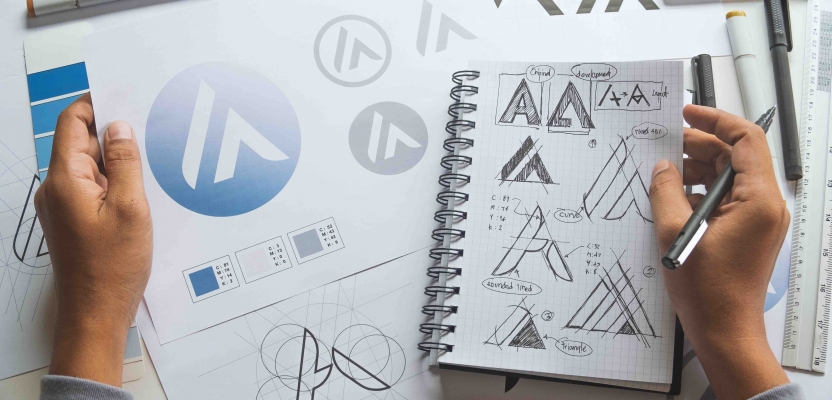
Why Businesses Need a Branding Designer
In an era where brand perception is shaped in seconds, businesses can’t afford disjointed or forgettable branding. A branding designer helps to:
- Ensure brand consistency
- Improve brand recognition and trust
- Strengthen emotional connection with audiences
- Support differentiation in competitive markets
- Lay the visual foundation for scalable growth
According to Hubspot, consistent brand presentation across all platforms increases revenue by up to 23%.
How Viartisan Builds Brands That Resonate
At Viartisan, our branding designers don’t just create logos. We build brand ecosystems that are strategically aligned, visually captivating, and built to scale across every customer touchpoint. We blend design thinking with business strategy to craft brands that not only look great but also perform.
Here’s a closer look at our process:
Discovery & Research
We begin with deep discovery. This phase includes stakeholder interviews, competitive analysis, customer research, and a brand audit. We explore your business objectives, vision, and positioning to uncover what makes you truly unique. Understanding your audience’s needs, preferences, and pain points is central to shaping a brand that resonates.
We also evaluate market trends, cultural cues, and category language—ensuring your brand will stand out, not blend in. This foundation ensures the creative direction is grounded in real insights and strategic intent.
Brand Strategy Alignment
Design without strategy is decoration. That’s why our designers collaborate with brand strategists to define your brand’s essence: core message, tone of voice, brand archetype, value proposition, and personality traits. We distill this into a Brand Blueprint that guides all creative decisions.
This alignment ensures consistency across your brand’s narrative, whether it’s a social media ad, a website headline, or a pitch deck. It sets the tone for how your audience should feel and think when they experience your brand.
Visual Exploration & Prototyping
Our creative team begins visual experimentation by exploring diverse directions for your logo, typography, color palette, iconography, and layout systems. We create moodboards and style tiles to align on visual tone early, followed by multiple logo concepts, brand motifs, and use-case mockups.
We prototype across real-world touchpoints—packaging, website UI, business cards, mobile apps—to stress test visual coherence and flexibility. We don’t just design a logo; we craft an adaptable identity system.
This phase is collaborative, with iterative feedback loops to ensure we’re moving toward a direction that both you and your audience will love.
Finalization & Rollout Assets
Once the creative direction is locked in, we polish every asset and build a complete brand identity system. Deliverables include:
- Logo variations (primary, secondary, icon, monochrome)
- Full color palette with usage guidance
- Typography hierarchy and font files
- Icon system and graphic patterns
- Brand usage mockups (web, print, social)
- Brand Style Guide (PDF + editable versions)
We also assist with implementation planning—providing rollout strategies, launch toolkits, and even training for internal teams to ensure adoption and consistency.
Key Traits of an Exceptional Branding Designer
- Strong aesthetic sense and design skills
- Strategic mindset beyond visuals
- Empathy for end-users and client needs
- Deep understanding of marketing and communication
- Proficiency with tools like Adobe CC, Figma, Webflow, and Canva
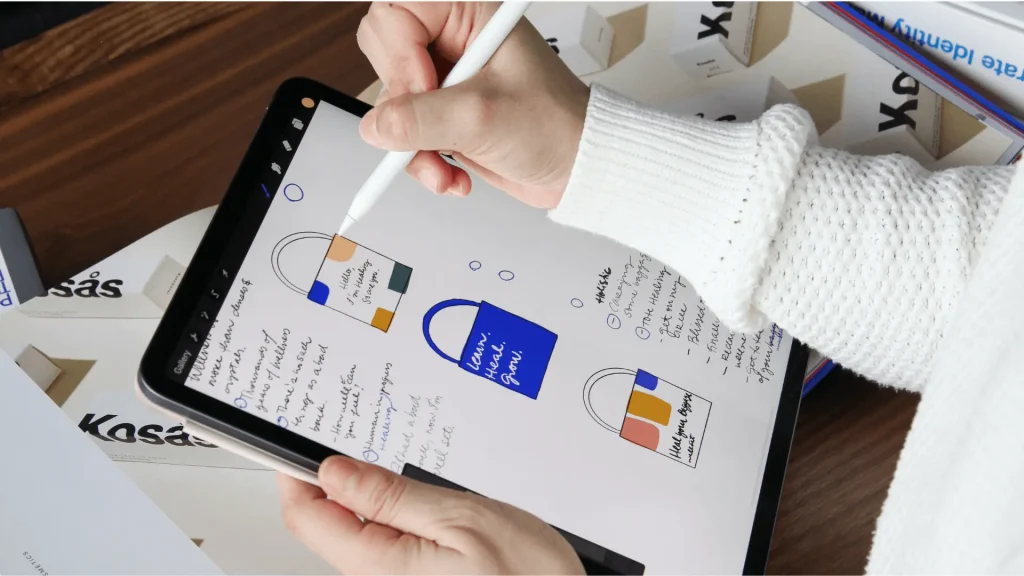
Conclusion: Branding Designers Shape How the World Sees You
In today’s saturated market, a branding designer isn’t optional—they’re essential. They bring clarity, direction, and distinction to your business identity.
Whether you’re launching a new brand or refreshing an old one, Viartisan’s branding designers are here to help you craft a visual identity that commands attention, earns trust, and scales with success.






